 SHOOTOUT i20 1.2 vs FABIA 1.2 P vs SWIFT VXI
SHOOTOUT i20 1.2 vs FABIA 1.2 P vs SWIFT VXI
Frag Mhatch-II
The Korean Crusader
Does the newest Korean player in the game manage to be the last hatch standing?
Photography: Sanjay Raikar & Sawan Hembram

The first iteration of the deadly fight between the big diesel hatches on a mission to gun down gasoline saw the Swift DDiS emerge as the most lethal oil burner in our March ‘08 issue. The small gasoline hatches, in the meantime, are engaged in an intra-racial skirmish for survival. There’s a new, extremely potent killer on the block. This hostile Hyundai hailing from South Korea is called the i20 and it is ready to challenge the might of champions from Germany and Japan. It’s going to be one hell of a fight.
To understand the magnitude of the i20 as a new contender, we need to rewind about five years back in time. Those of you who have a profound interest in cars would recollect that Korean cars were considered in a league of their own when it came to aesthetics. They were crowned the ugliest cars on the face of this planet almost unanimously. Like that was not a big enough accolade, these cars featured poor technology, were flimsily put together and drove like metallic incarnations of disappointment itself. That was also the time when Hyundai was emerging on the global automotive scene as a powerful player, and even though the company didn’t have an authentically well-engineered car to its credit, most small and midsize Hyundais were known to do their job reasonably well. Yet for most international auto journalists, bringing out the topic of Korean cars still meant that it was time to crack jokes. And it wasn’t very different in India either, where there weren’t too many quality offerings to begin with. Hyundai’s small cars went down well with the market because of their low cost and economical running, but nobody was confident about the more expensive offerings of the company – a segment where technology and sophistication take prominence over economy. Somehow Hyundai cars didn’t quite match the high European standards of quality, technology and design.
Circa 2007 – the Hyundai i10 specifically designed and developed for Europe changed the way people looked at the Korean marque. The i10’s clean sweep of the Indian Car of the Year awards was unprecedented. Be it any department – design, comfort, space or refinement; the i10 bettered its competition in the country on every count and by a good margin. The i10 was a contemporary, quality product, ready to take the fight to the biggies. The fact reflected on the growth of the company. Local sales and exports soared, and the Korean giant posted exceptionally healthy figures throughout 2008 when all the other auto players were feeling the heat of the recession. Hyundai had proven its authority in the small car market. This, however, was not the segment where we doubted the Korean company’s capabilities anyway. The i20 is a very important car because it’s the next link in the progression. Presenting products as immaculate as the i10 in higher segments (the i30 in Europe) will prove Hyundai’s aptitude as a complete carmaker and the i20 is the next logical step in that direction. What makes this comparo interesting is the fact that we have the Skoda Fabia – a car that was designed for the demanding European market and has met with great success there. The Swift, the other contender in this shootout, is the car that was the biggest deterrent in the success of the Getz. Evaluating the i20 against its cousin’s nemesis will be interesting.
|
|
|
To start with, the new Hyundai shatters the earlier perception about the design of Korean cars to pieces. The i20 exhibits exceptional flair and flamboyance. It doesn’t need any discussion or argument to emerge as the best looking car of the trio, one look would be enough. The sleek and slim twin grille at the front flanks the Hyundai emblem. Twin creases on the bonnet converge under the Hyundai insignia to form a U. The vertically tapering headlamps end into a ridge that runs all through the flanks of the bonnet and merge seamlessly into the A pillars of the car. The big central air-dam with slightly popped out headlamps completes the front which manages to blend aggression, funkiness and elegance in just the right proportions. Somehow, standing behind the ORVMS and looking at the swollen headlamps reminds me of the A-star. The windscreen is sharply raked and further accentuates the i20’s sportiness at the front. The slant reaches its peak soon after the windscreen ends and dips back sharply again to lend the car that racy roofline – a popular trend these days. An extremely strong crease starting from above the front fender and ending in a curve parallel to the rear wheel arch along with an equally pronounced dip in the lower part of the doors give the i20 a distinctive profile.
The tail lamps of the i20 somehow remind me of the S-class. The latter too has a band of two parallel red glass strips separated by a white glass band. The huge tail lamps extrude the rear end and enter the side area of the car between the C pillar and above the rear fender. Full points to Hyundai designers who have managed to pull out a perfect blend of cheekiness, sporty stance and elegance. The i20 is by far the best looking B segmenter out there. In comparison, the Fabia is more of a conformist and looks somewhat feminine, even, from certain angles. The Swift’s oddball form was almost revolutionary at the time of its launch but it’s beginning to get boring now.
Inside the new Hyundai’s cabin, a clean, uncluttered and pleasing layout welcomes you. The central console is a big departure from the minimalist central units in this category of cars. Big buttons for easy access, well sorted controls, use of good quality plastics and a distinctive design – the i20’s dash reminds you of some much more expensive cars. Above the central console, that has a seatbelt warning for all the five seats as standard, you have a digital readout for trip, odo and other info. We thought that the i20’s readout will display data like distance to dry, instantaneous fuel efficiency, etc. like the Fabia, but to our disappointment, that was not the case. Aspi wasn’t too fond of the chocolate brown-beige interiors. He was very critical of the colour choice especially as Hyundai could have chosen a classier colour without any extra cost overheads. I found the brown colour nice enough though. The Civic and CR-V style three-spoke steering wheel with aluminium inserts spells jazz. With steering mounted audio controls, the car looks too good to be true for its segment. A closer inspection and a few taps on the aluminium finish panel reveal that some cost cutting has gone into that beautiful look. The aluminium bit may feel slightly cheap but it looks smashing. The leather wrapped wheel, however, feels as nice as it looks. The clean dash of the i20 augments the feeling of space. The instrumentation layout is conformist in a good way – black dial, big, white and clear font. The speedo and odo flank the temperature and fuel gauge. Panels in the cabin meet seamlessly, the finish of the interior is splendid and the immaculate execution witnessed in the i10 seems to have been further improved. The quality of material used for the brown dash isn’t exactly bad or disappointing, but it still feels harder to touch than it ideally should. The way it looks, one would expect it to feel softer and suppler. Even the lower beige panels feel slightly scratchy and brittle. Overall, the quality inside the cabin is commendable and good enough to give the Fabia, the hitherto class leader in that department the heebie-jeebies.

The Swift is showing its age on the interiors front and the amenities that you get as standard even in the i20 Magna trim (bottom of the line) overshadow the Swift’s higher spec variants’ list by a humongous margin. Automatic climate control, tilt and telescopic steering wheel, rear aircon vents, height adjustable driver’s seat, seatbelt warning for all passengers, the list of features in the i20 keeps going on and on. The Swift is totally outclassed here. The Fabia, offering a contemporary, high quality, European standard interior seems comparable with the i20’s cabin. However, the i20 pips the Skoda by offering a much superior stereo system with options for auxiliary and USB input, (much) better sound quality with four speakers against the Fabia’s two-speaker audio system which is a disappointment. Also, the Fabia doesn’t have steering mounted volume controls – a letdown for the price at which it’s being sold here. Visually too, the i20’s cabin looks more lively and jazzier than the Fabia’s understated interior. The only functionality that the Fabia has and the i20 doesn’t, is the trip computer that gives you data like instantaneous efficiency, average efficiency, distance to dry and heaps of other info – very useful. The i20 is less spacious than the Fabia, but only marginally so. The Swift doesn’t stand a chance against the two options here when it comes to backseat space and comfort. Add to the i20’s arsenal, an option of as many a six airbags for safety and the Hyundai emerges as the clear winner among the three cars as far as interiors go.
The i20 rides on an all-new platform aimed to deliver the lively driving dynamics demanded by the European market. The car was extensively tested on European roads. Hot weather testing was carried out in Spain, cold weather trials took place in Sweden while high speed testing was completed in Germany. As a result, the i20’s front MacPherson strut and rear torsion beam suspension manage to deliver a good blend of dynamic stability and ride comfort. The car behaves well around corners, feels poised and begs to be driven hard. The small 1.2-litre Kappa engine though doesn’t really have the sort of power to let us test the dynamic ability of this car to the limit. With a 185 section rubber, some may call the i20 an over-tyred car but it aids grip around bends tremendously. The i20 can probably do with thinner rubber for better efficiency but then you should be ready for the Swift-like squeals the skinny tyres would make at every attempt to guide the car around bends even at mediocre speeds.
The i20’s new rack and pinion steering setup has also been tuned to deliver quick and accurate responses for easy city manoeuvring, and great feedback around corners. Extensive use of advanced noise reduction materials, as Hyundai claim, has resulted in a quiet cabin. In comparison, the Fabia, with its European focus is a terrifically poised car around corners. It takes a lot to unsettle this Skoda from the chosen line. The wide tyres won’t let the Fabia wag its tail unless you really want to test your luck. The steering feels heavy and transmits a solid feel to your palms. It isn’t as fluid and effortless as the i20 at low speeds but doesn’t feel inconvenient either. The ride quality of the Fabia, however, is slightly on the harsher side. Passing over undulations at low speeds makes you experience a slight bounce while at higher speeds you can hear a distinct thud. While the stiffer setting helps the dynamics at high speeds, comfort takes a slight hit. The i20 is suppler and more cushioned.
The Swift’s steering wheel doesn’t feel as substantial to hold as the other two cars when you drive the three cars back-to-back. The relatively thinner tyres on the car make it easy to bring it out of the line and add to the fun factor, but the grip isn’t quite as good as on the other two cars. The ride of the Swift is known to be slightly on the stiffer, bouncier side especially at the rear and coupled with the relatively cramped rear seat space means this Suzuki isn’t too comfortable when compared with the other two machines. The i20 has the correct blend of comfort and dynamic ability here – convenient and supple at low speeds and sufficiently reassuring while going fast. The Fabia, we believe should have been better damped for a cushier ride.
On to the most important aspects then – engine and gearbox. Why so late? Well, none of the engines on the three cars are convincing enough. We have experienced the 1.2-litre Kappa unit on the i10 earlier and really appreciated its smoothness and refinement. However, for a car that weighs more than a tonne and has a 185 section rubber providing grip, the i20’s 80PS gasoline engine feels somewhat disappointing. As one would imagine, the car doesn’t feel too peppy or sprightly for its size. But there still is a sense of tractability and responsiveness about that Kappa unit. You put the right foot down and the engine will not feel overloaded or non-responsive. Of course, there is a lack of power reflected in the in-gear acceleration figures but the more important thing here is that while the car doesn’t push you back with a shove, it doesn’t feel entirely breathless too at lower revs. The engine’s power and torque spread is wide, and that means the i20 keeps rolling at slow speeds without requiring you to shift too much. If you are a relaxed driver, whose priority is comfort and refinement rather than outright acceleration, the i20 doesn’t disappoint. It makes for a great city runabout, though on the highway you’ll find it a struggle to build up speed and overtake other cars. This can be a worry on two-lane highways where you need to have a healthy power reservoir to build speed quickly, but cruising on wider highways hovering around the ton mark shouldn’t be an issue at all. The lessons learnt with the cable actuated i10 gearbox have been put to good use in the i20 as well, and the car’s ‘box lets you choose ratios effortlessly. The throw is longer than it ideally should be and the position of the lever while having selected the odd gears is way too forward. However the shifts are slick, fluid and natural adding to the refined feel of the car. Driving the i20 may not be a thrilling experience but it sure is one of the most refined, hassle-free and soothing cars to drive around the city.
The Fabia’s 1.2-litre 3-pot mill is low on power with only 70 horses on tap. Moreover, the three-cylinder engine makes significantly more noise than the quiet four-pot Kappa powerplant. The 0-100km/h sprint takes significantly longer than on the i20 and the in-gear acceleration times aren’t convincing either. The gearshift is as good as it gets though – no complaints, but the lack of power leaves you disappointed, to say the least. The Swift is the most powerful car here, with its 1.3-litre engine belting out about 88PS. The problem with the car, however, is that its engine is peaky. It likes being revved. The Suzuki is the quickest in the 0-100km/h sprint by a big margin but it doesn’t appreciate low-rev, low-speed trundling in the city. You are required to shift more often that you would ideally want to and that doesn’t help fuel efficiency too much. Moreover the Swift’s gearshift, though slick and sporty, has been overshadowed by the smoother and better shifters on its contenders.
















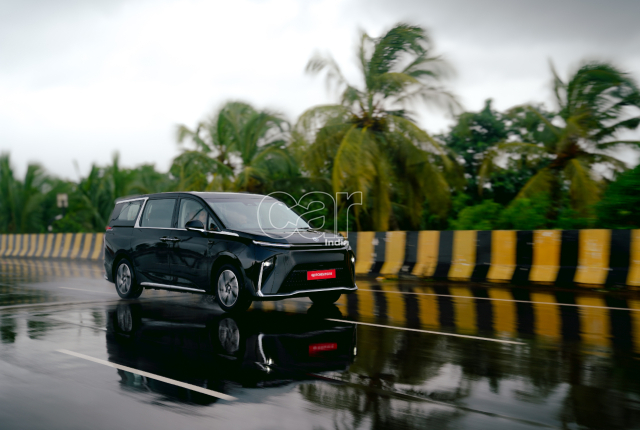
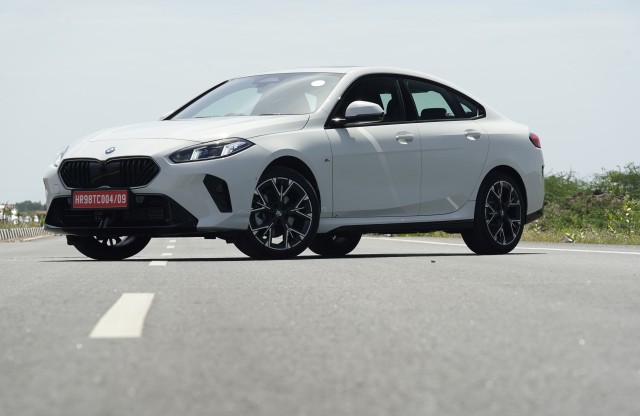
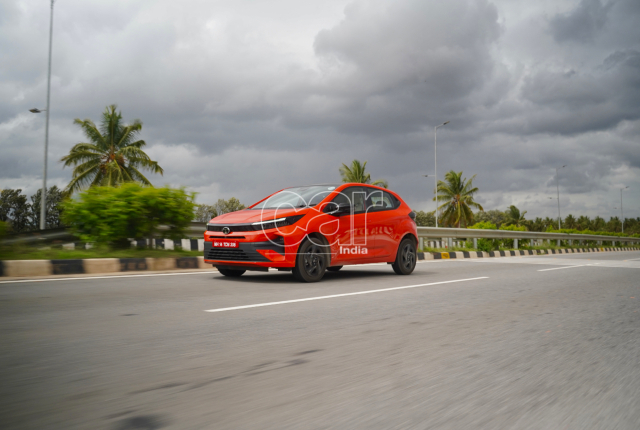
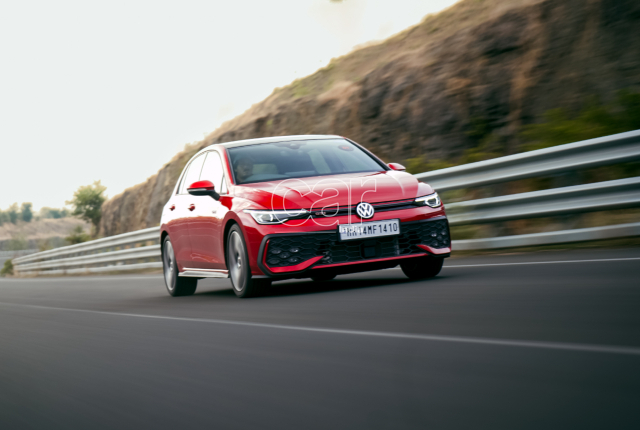
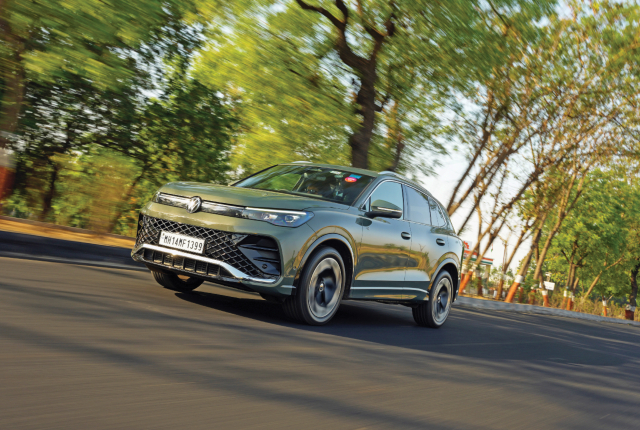



Leave a Reply